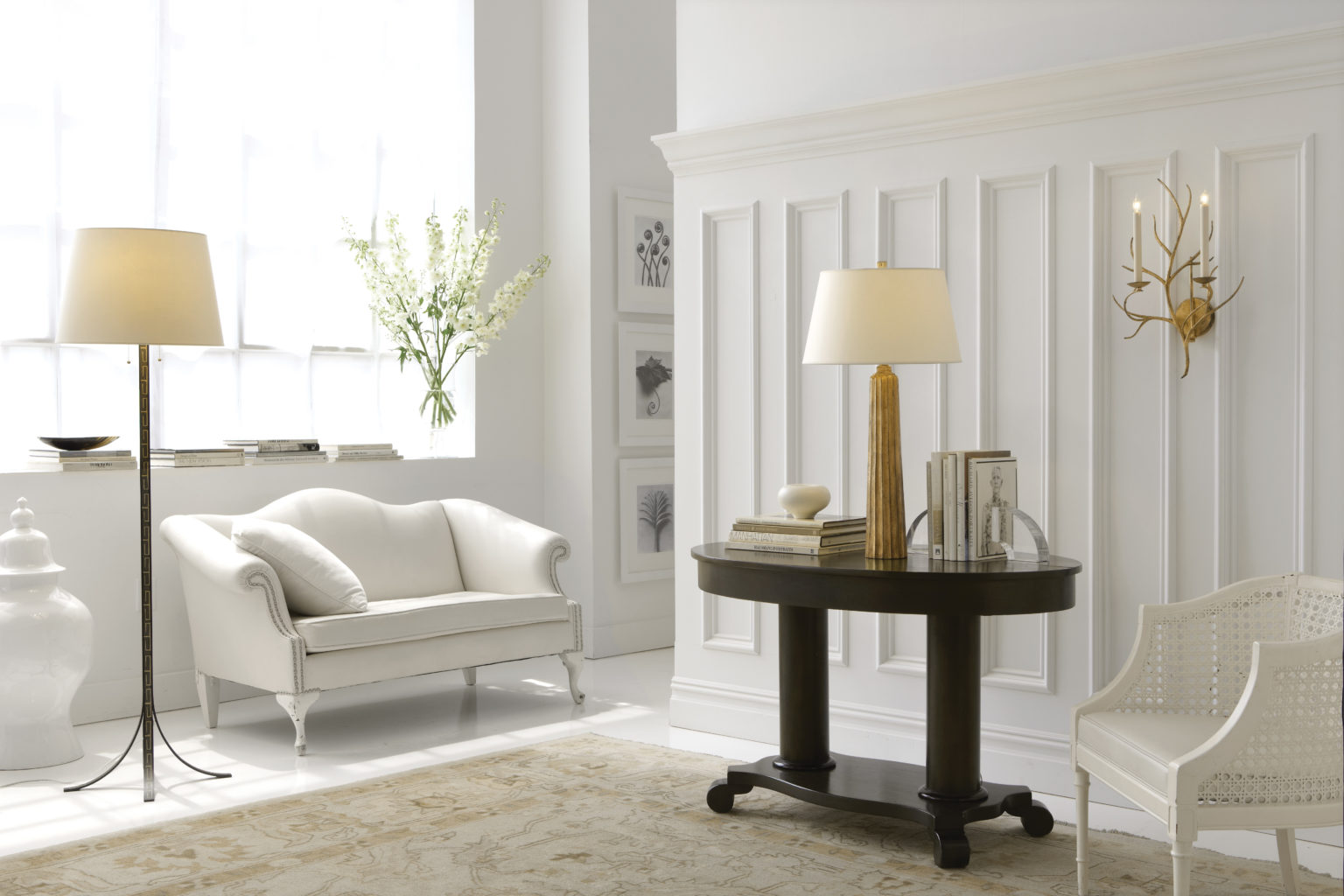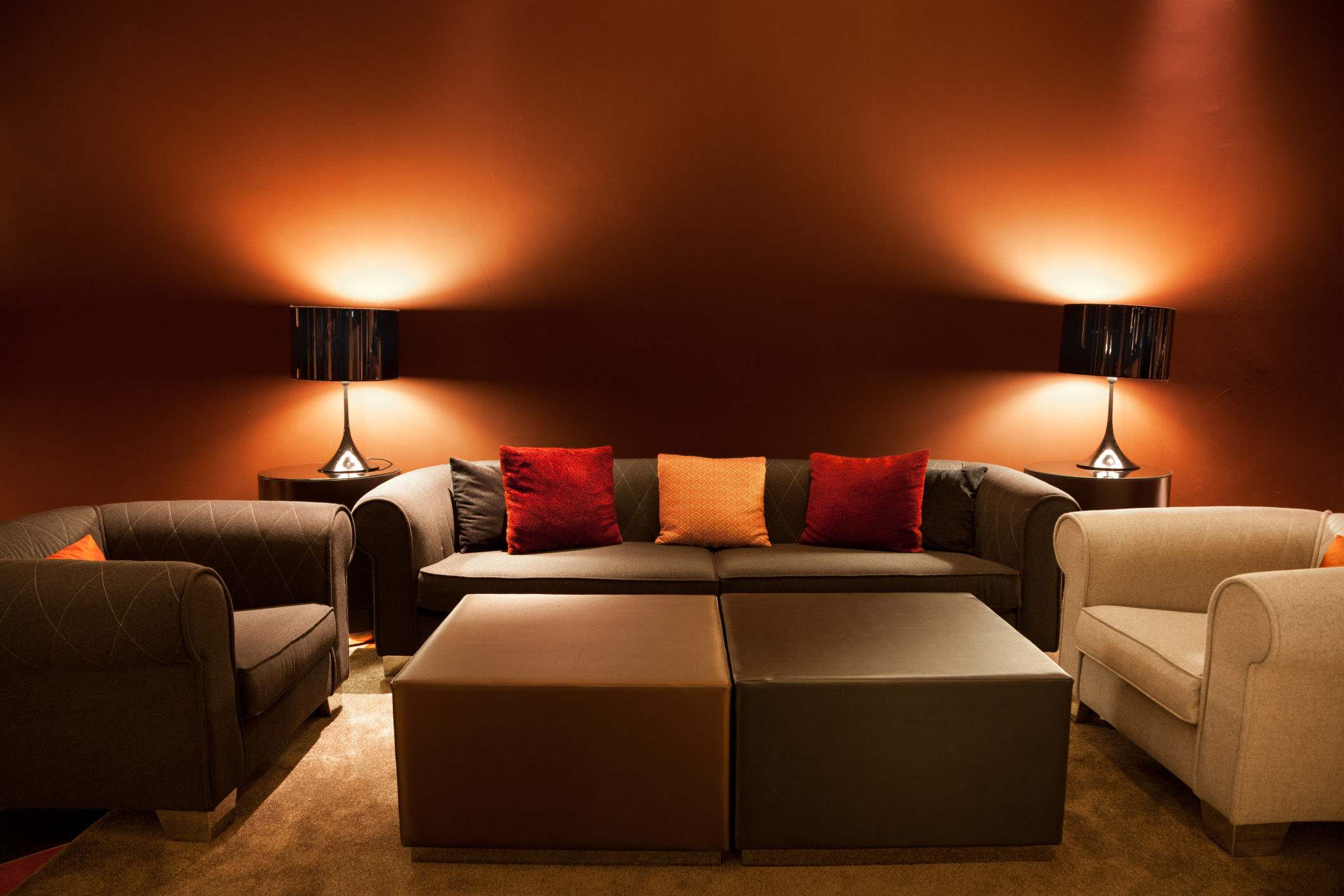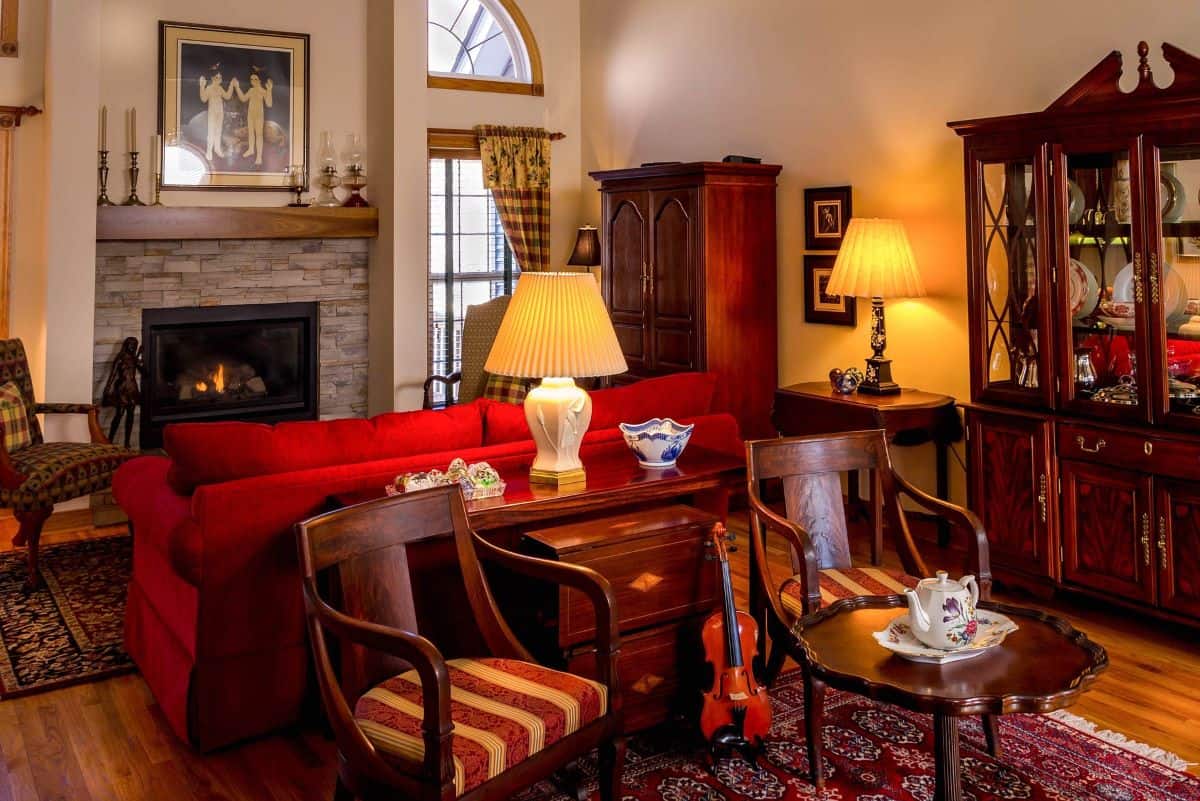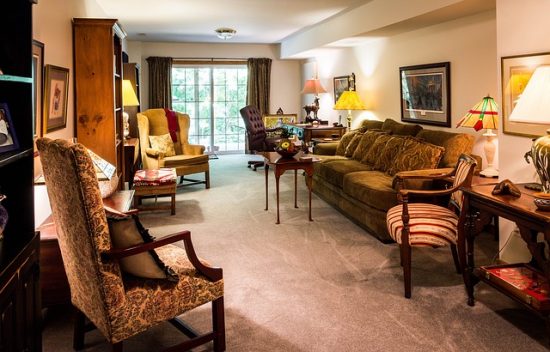When it comes to designing your living room, the small details can make a big impact. One element that often gets overlooked is the lamps. However, matching lamps in your living room can bring a sense of cohesion and balance to the space. Here are some tips and tricks for effectively coordinating lamps in your living room.Matching Lamps in the Living Room: Tips and Tricks
Before you start shopping for lamps, it's important to have a clear idea of the overall look and feel of your living room. Are you going for a modern, sleek design or a more traditional and cozy feel? This will help guide your lamp choices and ensure they fit seamlessly into your living room design. Another key factor to consider is the size of your living room. If you have a large space, you may want to opt for larger, statement lamps. In a smaller living room, smaller and more subtle lamps may be a better fit.How to Coordinate Lamps in Your Living Room
One of the easiest ways to achieve a coordinated look with your lamps is to choose a matching set. This could be two table lamps or a pair of floor lamps. Matching lamps not only create a sense of balance, but they also add a touch of elegance to your living room. To add some interest and dimension, you can also choose lamps with similar styles, but different shapes or sizes. Alternatively, you can opt for lamps with the same base, but different shades. This will add a bit of variety while still maintaining a cohesive look.Creating a Cohesive Look with Matching Lamps
When it comes to matching lamps in your living room, there are some dos and don'ts to keep in mind. Do choose lamps that complement your living room's color scheme and overall style. Don't be afraid to mix and match, but do make sure there is a common element that ties the lamps together. Another important factor to consider is the height of your lamps. Ideally, the height of your lamps should be proportional to the furniture they are placed on. For example, a table lamp should be around 24-27 inches tall when placed on a coffee table or end table. A floor lamp, on the other hand, should be around 58-64 inches tall when placed next to a sofa or armchair.The Dos and Don'ts of Matching Lamps in Your Living Room
When selecting lamps for your living room, think about the function they will serve. Are they primarily for providing ambient lighting or do you need them to provide task lighting for reading or other activities? This will help you determine the appropriate size and style of lamps for your space. You should also consider the shape and material of the lamps. If you have a lot of straight lines and sharp edges in your living room, a lamp with a round or curved base can help soften the overall look. Similarly, if you have a lot of natural elements in your living room, such as wooden furniture, a lamp with a wooden base can tie everything together.Choosing the Right Lamps for a Coordinated Living Room
Matching lamps may seem like a small detail, but it can have a big impact on the overall look and feel of your living room. Not only do they add balance and cohesion, but they also create a sense of symmetry and organization. This is especially important if you have an open-concept living room, as it helps create a flow between the different areas of the space. Additionally, matching lamps can also serve as a focal point in your living room, drawing the eye and adding visual interest. This is especially true if you choose lamps with unique designs or patterns.The Importance of Matching Lamps in Your Living Room Design
If you prefer a more eclectic or bohemian style, you may want to mix and match your lamps in your living room. This can create an interesting and dynamic look, as long as there is some element that ties the lamps together. For example, you could mix different types of lamps, such as a table lamp and a floor lamp, as long as they have a similar color or pattern. You could also mix different styles of lamps, such as a modern lamp with a more traditional one, as long as they have a similar shape or material.How to Mix and Match Lamps in Your Living Room
If you're having trouble finding the perfect matching lamps for your living room, there are a few things you can do. First, consider shopping at the same store or brand to ensure the lamps have a similar style and design. Alternatively, you can choose neutral lamps and add your own personal touch with unique lampshades. You can also repurpose items as lamps, such as using a decorative vase as a base or turning an old camera into a unique table lamp. This allows you to create a truly one-of-a-kind look in your living room.Finding the Perfect Pair: Matching Lamps for Your Living Room
Once you have chosen and placed your lamps in your living room, don't forget about the finishing touches. Make sure the cords are hidden or neatly organized, and consider adding a few decorative elements, such as a stack of books or a small plant, to the table or shelf where the lamp is placed. By taking these extra steps, you can create a polished and cohesive look in your living room with your matching lamps.Coordinating Lamps for a Polished Living Room Look
Matching lamps may seem like a small detail, but it can have a big impact on the overall look and feel of your living room. Not only do they add balance and cohesion, but they also create a sense of symmetry and organization. This is especially important if you have an open-concept living room, as it helps create a flow between the different areas of the space. Additionally, matching lamps can also serve as a focal point in your living room, drawing the eye and adding visual interest. This is especially true if you choose lamps with unique designs or patterns. In conclusion, coordinating lamps in your living room can bring a sense of cohesion and balance to the space. By following these tips and tricks, you can create a polished and cohesive look in your living room with matching lamps. So next time you're redecorating, don't forget about this small but impactful detail.The Impact of Matching Lamps in Your Living Room Decor
Why Lamps Should Match In Your Living Room

The Importance of Cohesion in House Design
 When it comes to decorating your living room, it's important to consider not only individual pieces, but also how they work together as a whole.
Cohesion is key
in creating a
harmonious and visually appealing space
. One element that often gets overlooked is
lighting
. Specifically, whether or not
lamps should match
in the living room. While some may argue that mixing and matching different styles of lamps can add interest and personality to a room, there are several reasons why
matching lamps
can actually
elevate the overall design
of your living room.
When it comes to decorating your living room, it's important to consider not only individual pieces, but also how they work together as a whole.
Cohesion is key
in creating a
harmonious and visually appealing space
. One element that often gets overlooked is
lighting
. Specifically, whether or not
lamps should match
in the living room. While some may argue that mixing and matching different styles of lamps can add interest and personality to a room, there are several reasons why
matching lamps
can actually
elevate the overall design
of your living room.
Creating Balance and Symmetry
 One of the main reasons why
matching lamps
can be beneficial in a living room is
to create balance and symmetry
. This is especially important in larger living rooms where there may be multiple seating areas or a large focal point, like a fireplace or TV. By using identical lamps on either side of a sofa or chair, it
creates a sense of harmony and balance
in the space. This can also help to
bring a sense of cohesion
to different areas of the room.
One of the main reasons why
matching lamps
can be beneficial in a living room is
to create balance and symmetry
. This is especially important in larger living rooms where there may be multiple seating areas or a large focal point, like a fireplace or TV. By using identical lamps on either side of a sofa or chair, it
creates a sense of harmony and balance
in the space. This can also help to
bring a sense of cohesion
to different areas of the room.
Consistency in Style and Design
 Another advantage of
matching lamps
in the living room is
consistency in style and design
. If you have multiple lamps that are different in style, it can create a
jarring and disjointed look
. By choosing matching lamps, you can
maintain a cohesive design aesthetic
throughout the room. This is especially important if you have a specific
decor theme or color scheme
in your living room.
Another advantage of
matching lamps
in the living room is
consistency in style and design
. If you have multiple lamps that are different in style, it can create a
jarring and disjointed look
. By choosing matching lamps, you can
maintain a cohesive design aesthetic
throughout the room. This is especially important if you have a specific
decor theme or color scheme
in your living room.
Creating a Focal Point
 In addition to creating balance and consistency,
matching lamps
can also
help to create a focal point
in your living room. By strategically placing identical lamps on either side of a piece of furniture or artwork, it can help to
draw the eye towards that area
and make it a
standout feature
in the room. This can also help to
create a sense of symmetry
and
bring a sense of order
to the space.
In addition to creating balance and consistency,
matching lamps
can also
help to create a focal point
in your living room. By strategically placing identical lamps on either side of a piece of furniture or artwork, it can help to
draw the eye towards that area
and make it a
standout feature
in the room. This can also help to
create a sense of symmetry
and
bring a sense of order
to the space.
Conclusion
 While there may be differing opinions on whether or not lamps should match in the living room, there are clear benefits to choosing matching lamps. Not only do they help to create balance, consistency, and a focal point in the room, but they also contribute to the overall cohesive design of your living room. So next time you're choosing lamps for your living room, consider opting for matching ones to elevate the look and feel of your space.
While there may be differing opinions on whether or not lamps should match in the living room, there are clear benefits to choosing matching lamps. Not only do they help to create balance, consistency, and a focal point in the room, but they also contribute to the overall cohesive design of your living room. So next time you're choosing lamps for your living room, consider opting for matching ones to elevate the look and feel of your space.













:max_bytes(150000):strip_icc()/living-room-area-rugs-1977221-e10e92b074244eb38400fecb3a77516c.png)























































































